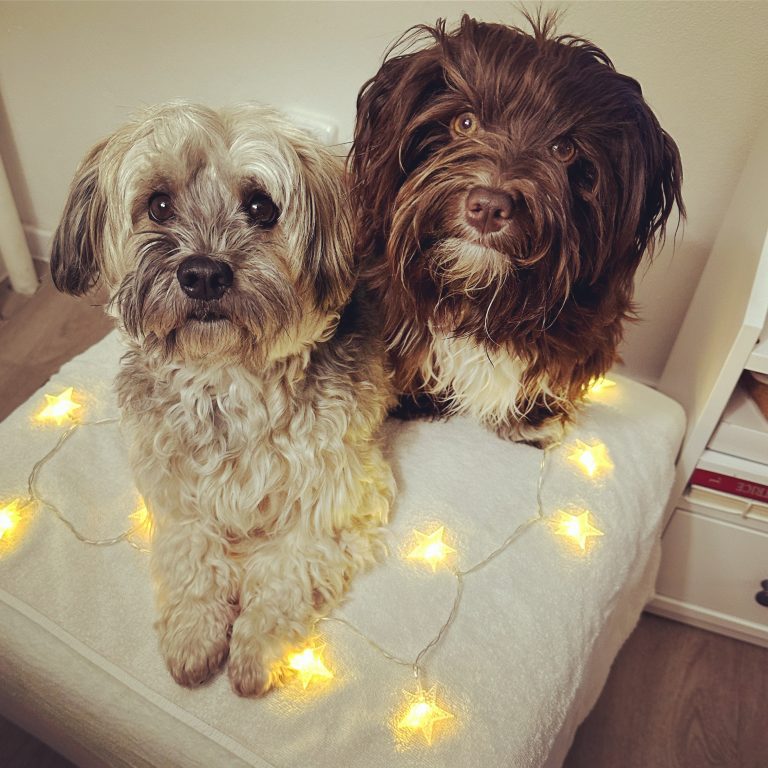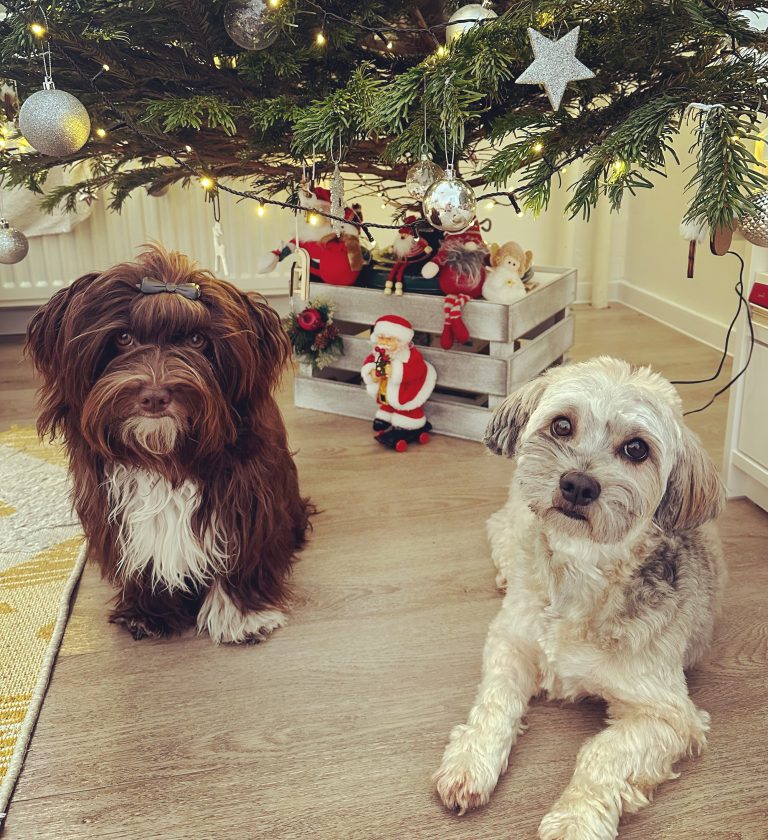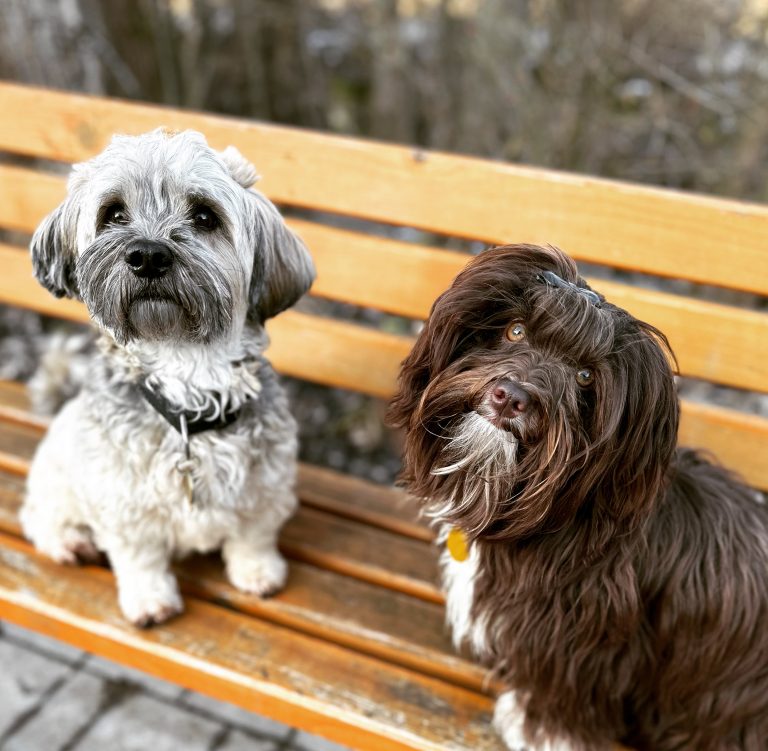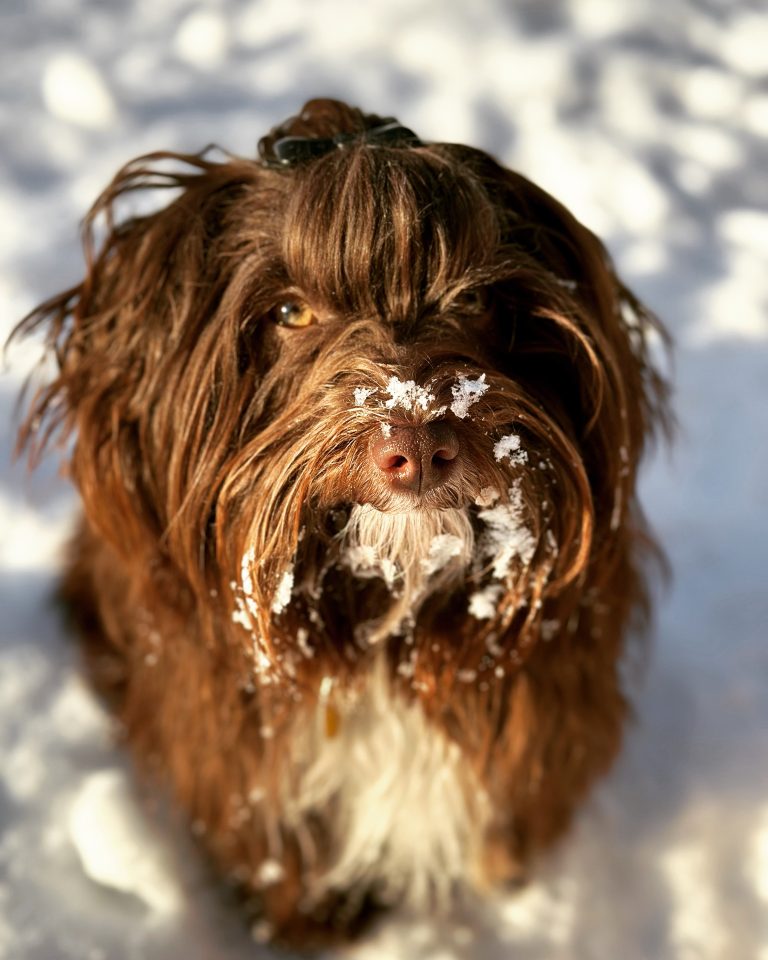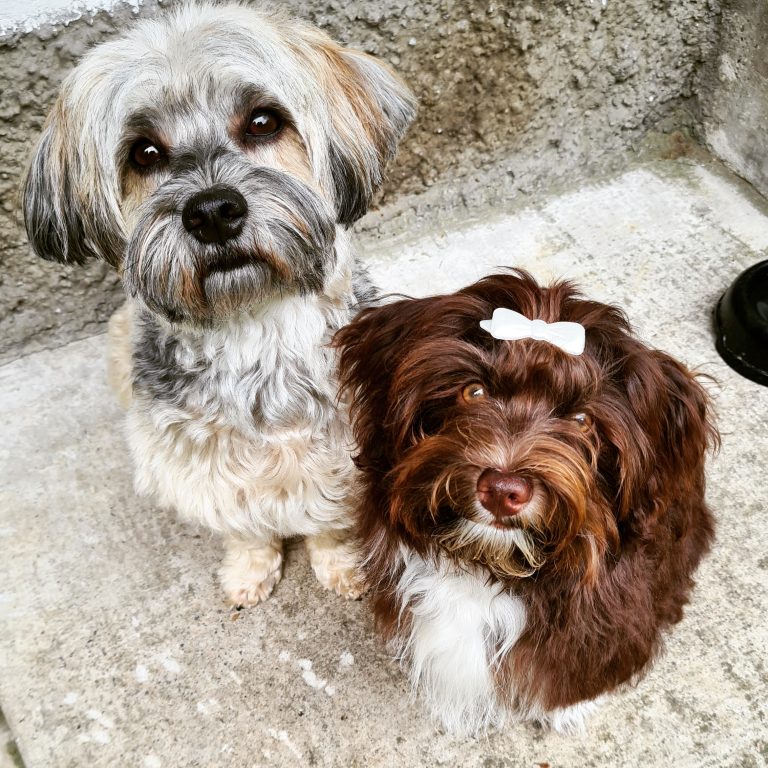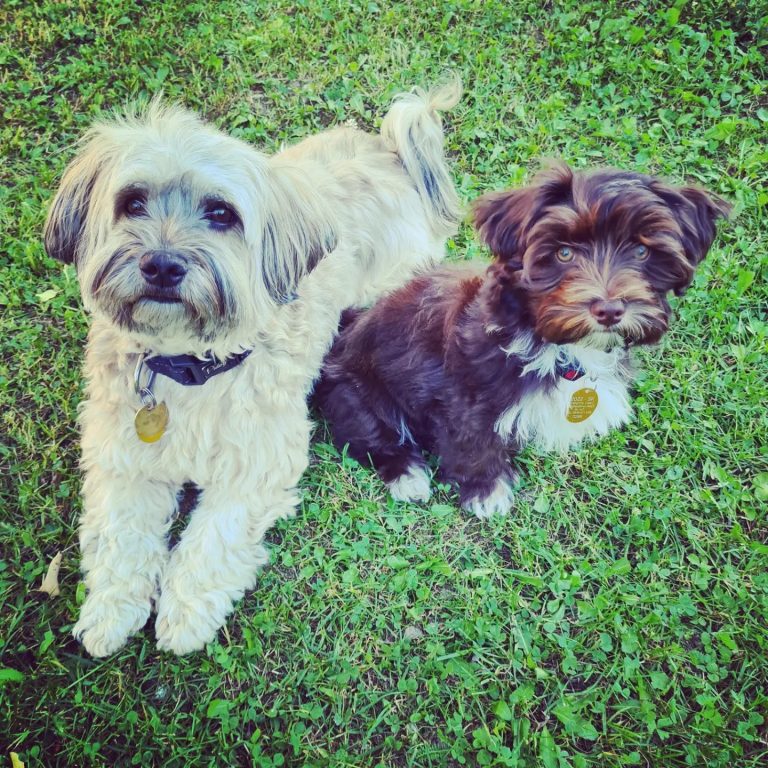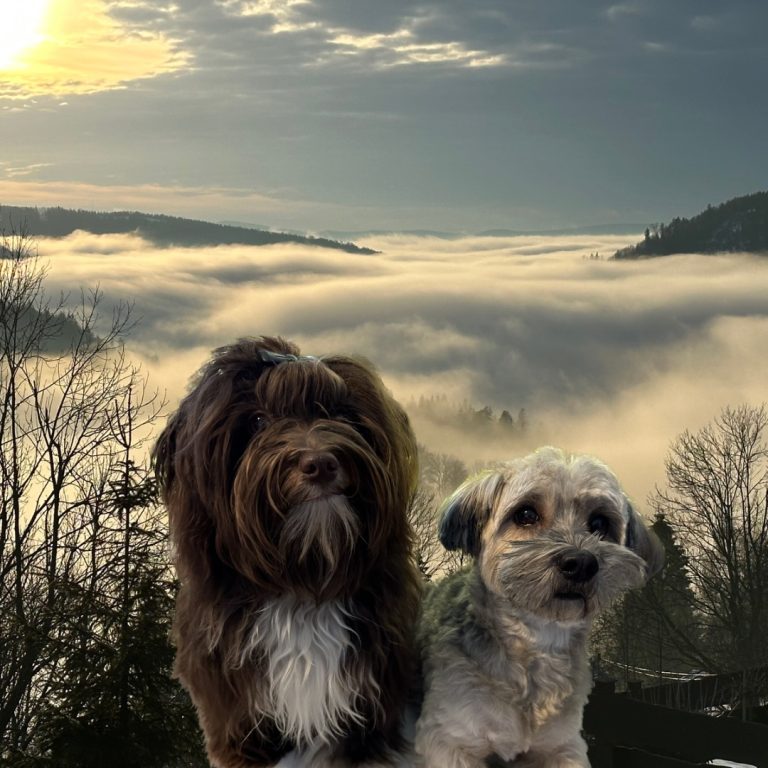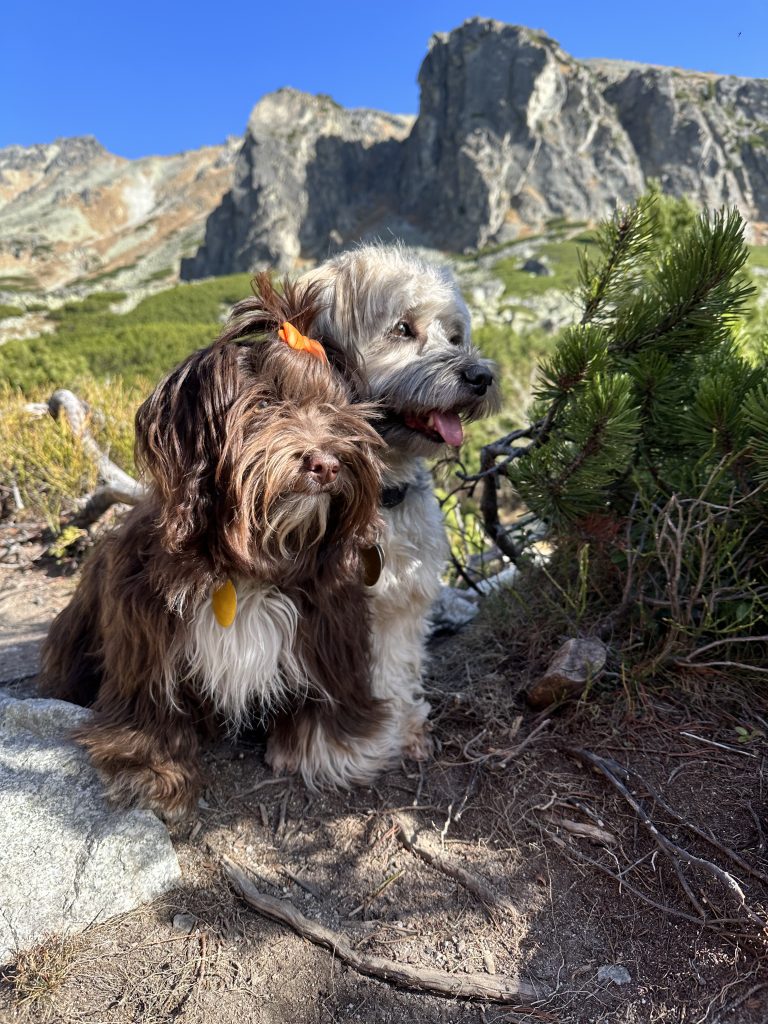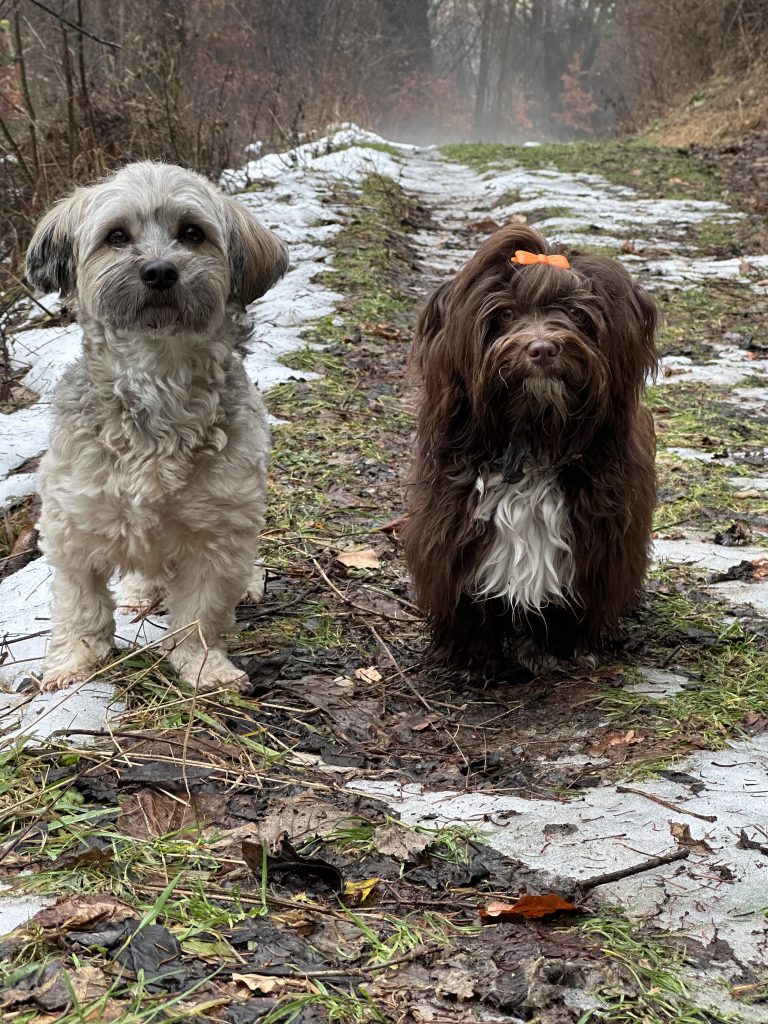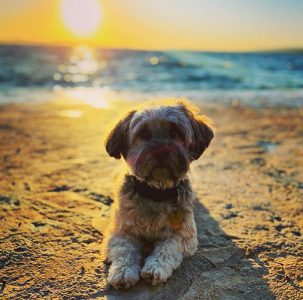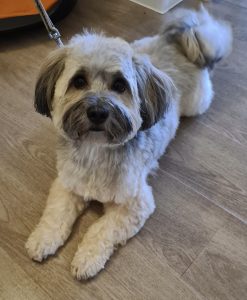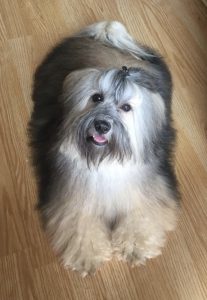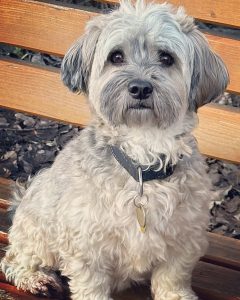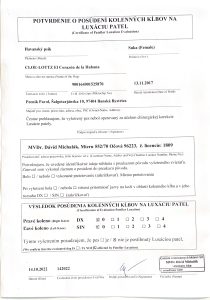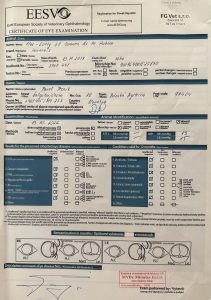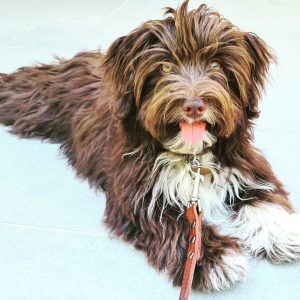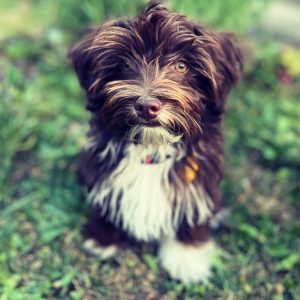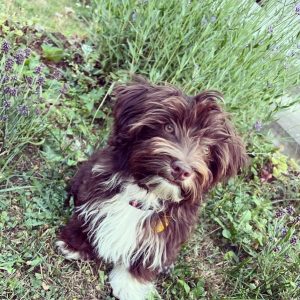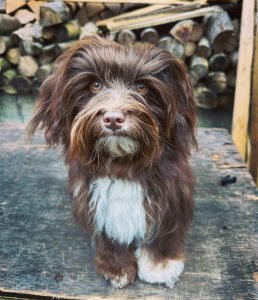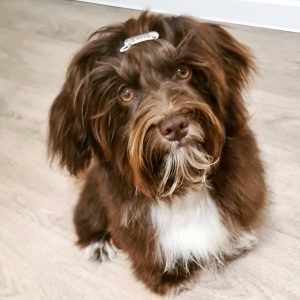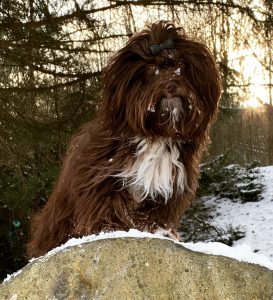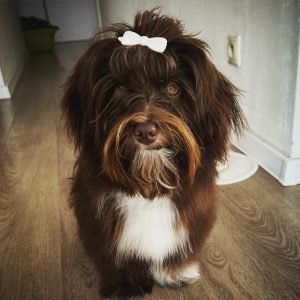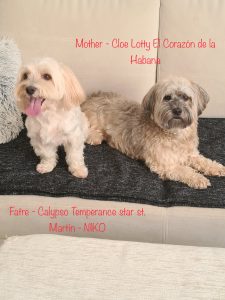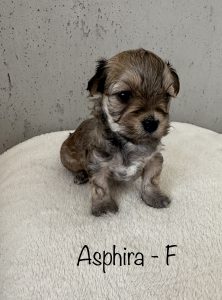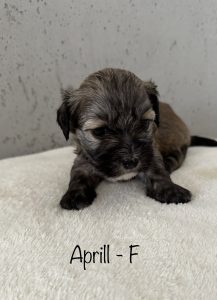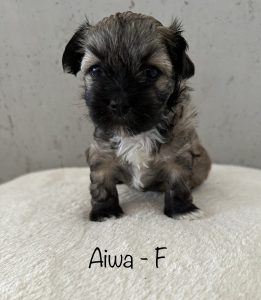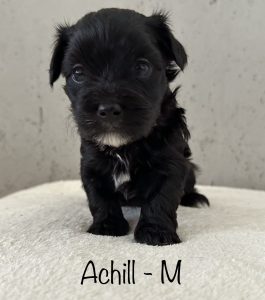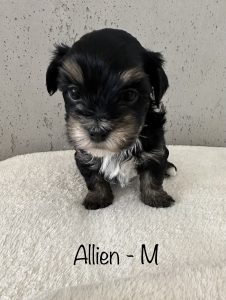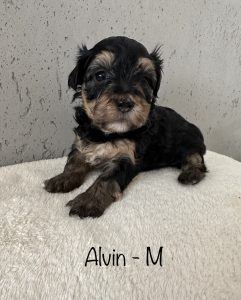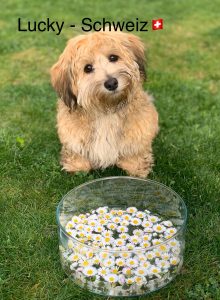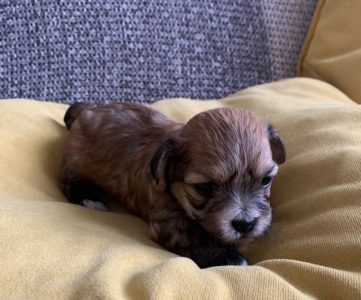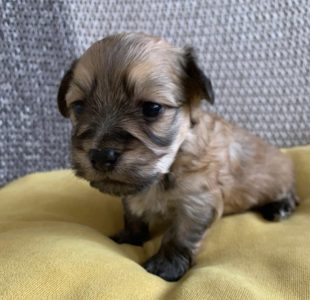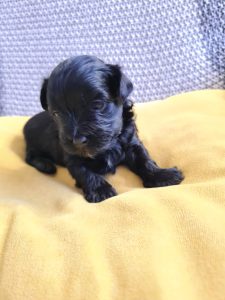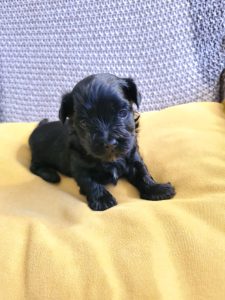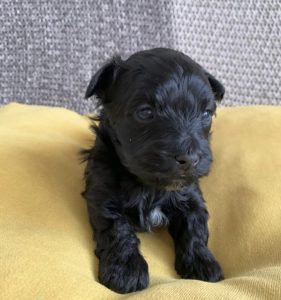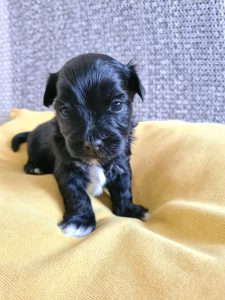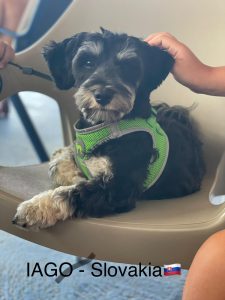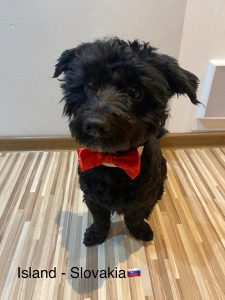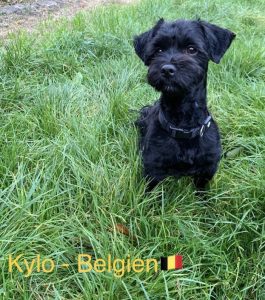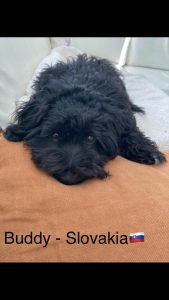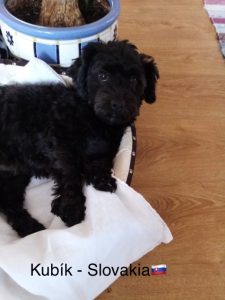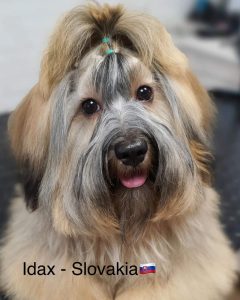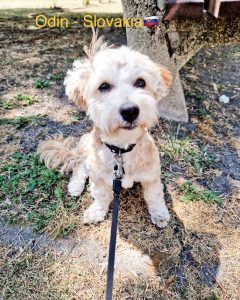Breeding station
Dan Amor a La Vida
we are a small family kennel (FCI 317/22), dedicated to breeding Havanese.
Dan Amor and La Vida - giving love to life
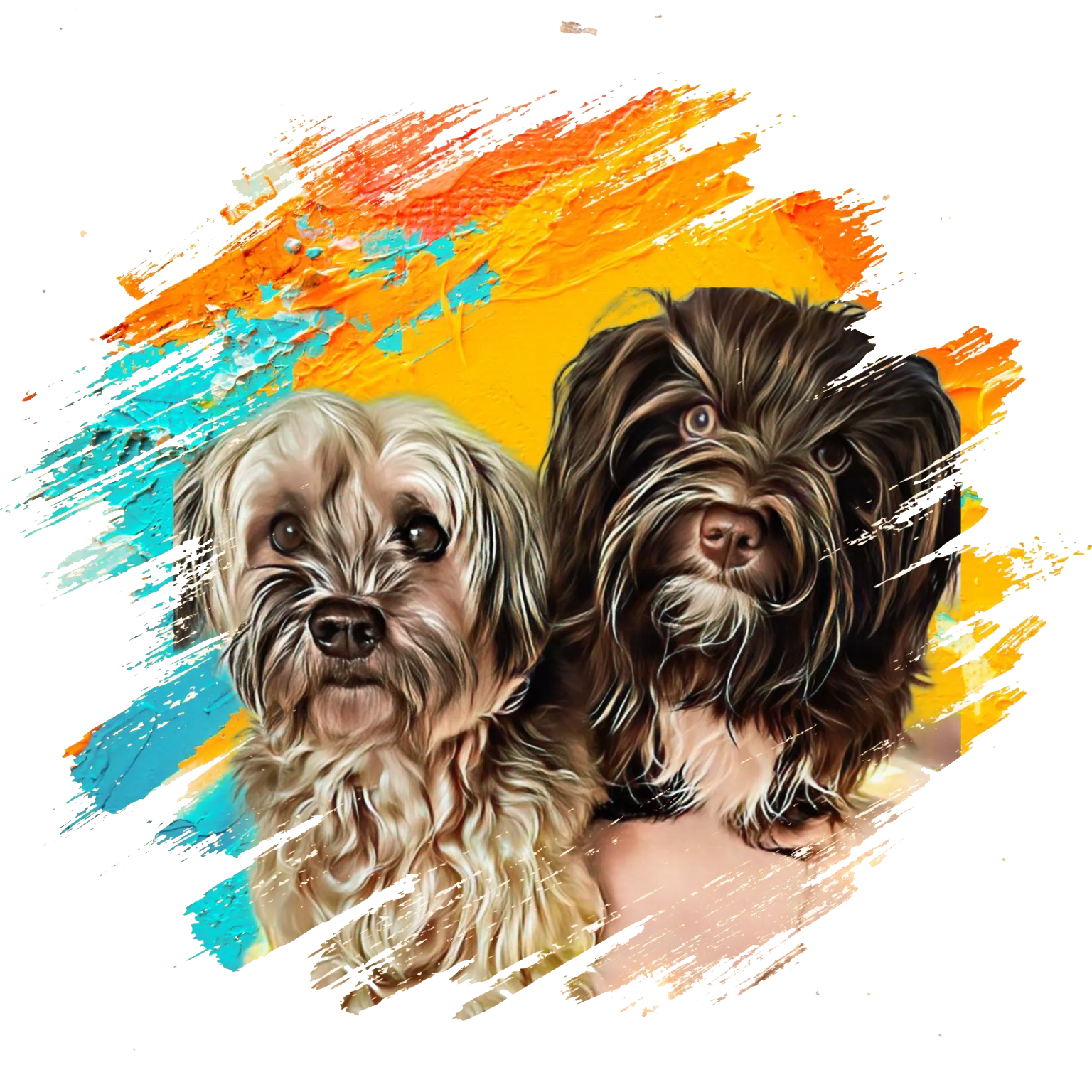

About us
We pay individual attention to each dog that grows up with us. We met this breed by accident six years ago when we lost our Jenny (Jack Russell Terrier) and were looking for a new family member. Besides the fact that "Havanese" don't shed, they have wonderful temperaments and are great companions in any situation. They are easy going and happy wherever their master and their family are.
If you are looking for a great, devoted friend and an active companion with an exceptional personality then you have come to the right place.
It is important to us that all of our puppies get into loving families, are happy and that their new owner has plenty of time to spend with them.
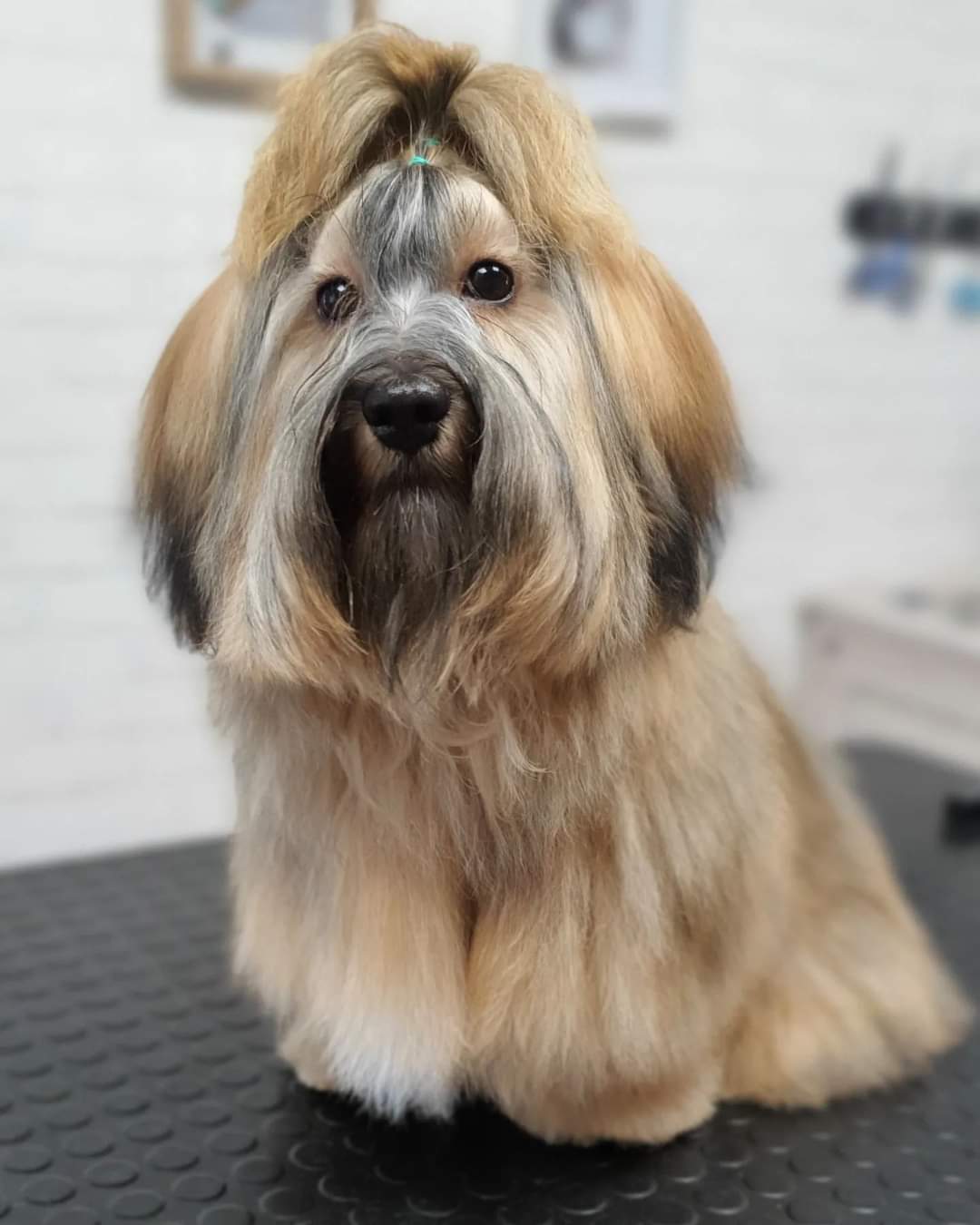
Havanese dog /
Havana bichon
Havanese dog or Havanese Bichon is a breed of dog recognized by the FCI in Group 9 under number 250. Together with the Bolognese, the Maltese and probably also the Löwchen, it belongs to the Bichon.
This playful, child-friendly dog breed was bred in the 18th century in the Western Mediterranean from where it was later transported to the Canary Islands. The Spanish conquistadors took these dogs with them as they settled new colonies in Central and South America and thus to the Caribbean islands, which includes Cuba and its capital Havana.
The Havana Bichon is playful, sociable, affectionate and strong despite its size and fragile gentle appearance. Due to the nature of their coats, these dogs are presented as minimal to not at all and are recommended as lovable companions for young children as well as the elderly
Head
The head is medium sized. The ratio of head to body length (from withers to tail root) is 3:7. The top of the head may be flat to slightly rounded with a slightly rising forehead. The muzzle tapers gradually to a black snout. The cheeks shall be flat, not protruding. The lips of the Havanese shall be dry, close fitting. The jaws shall have a scissor bite.
The face of the Havanese, with its large, dark almond-shaped eyes, shall have a mischievous expression like that of its Bolognese relative. The eyelids shall be dark brown to black. The relatively high-set, medium-length, rounded-tipped, hairy ears hang loosely beside the cheeks and are of medium length.
Body
Its height at the withers should be in the range of 216- 292mm, weight 3- 6 kg. The length of the body slightly exceeds its height at the withers.
A characteristic feature of the appearance of this breed is the upper line of the back, which rises slightly from the lower border of the neck to the tailbone. The line of the body rounds slightly at the loin. The bouncy gait of the Havanese Bichon is brisk but not behaved, and gives its movement an energetic, playful impression.
Legs
The forelimbs are parallel, straight, the distance from the ground to the elbows should be the same as from the elbows to the withers. The hind limbs should be appropriately rounded. The paws of the Havanese are small, slightly elongated with the toes close together. The Havanese's long, silky tail is normally raised in an arch (called a 'bishop's cane') over the back.
Color
Although there are arguments that the original Havanese were white, the breed is now accepted in all colour variations and patterns.
Coat
Havanese, like other poodle-like breeds, have coats that do not shed regularly. The undercoat is poorly developed and may be missing. The very long (12 to 18 cm) covering coat is soft, smooth and may be slightly wavy. Dogs should be brushed at least twice a week.
Character
Havanese are naturally a social breed, they are perceptive and gentle. They blend easily into the family and have an excellent relationship with children, they are playful and have a high level of intelligence. These affable canines are socializable and can peacefully exist with any human, dog, cat or other pets. They are easily trained to obedience and coexist with other dogs.
This nosy dog likes to observe his surroundings from a chair or armchair. He is very sensitive to the tone of voice, there is no need to shout at him or discipline him with punishment. Barking is not characteristic of this breed. If some individuals have a greater tendency to bark, it is possible to wean them from it at a young age during their development. They will become exemplary guardians should a stranger appear in their territory. As long as they register that visitors are welcomed by his master, they will immediately become friendly towards them as well. Exceptionally, it happens that some individuals are shy towards strangers.
Gallery
Our dogs
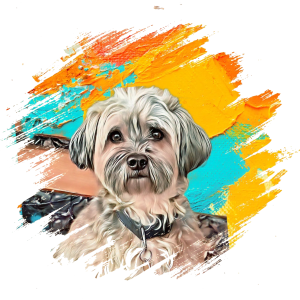
Lotty – CLOE-LOTTY El Corazón de la Habana
*13.11.2017
Colour: sable
Bite: scissor-shaped, full dentition
Luxation of the patella - 0/0
Eye examination - negative.

Lotty – CLOE-LOTTY El Corazón de la Habana
*13.11.2017
Colour: sable
Bite: scissor-shaped, full dentition
Luxation of the patella - 0/0
Eye examination - negative.


